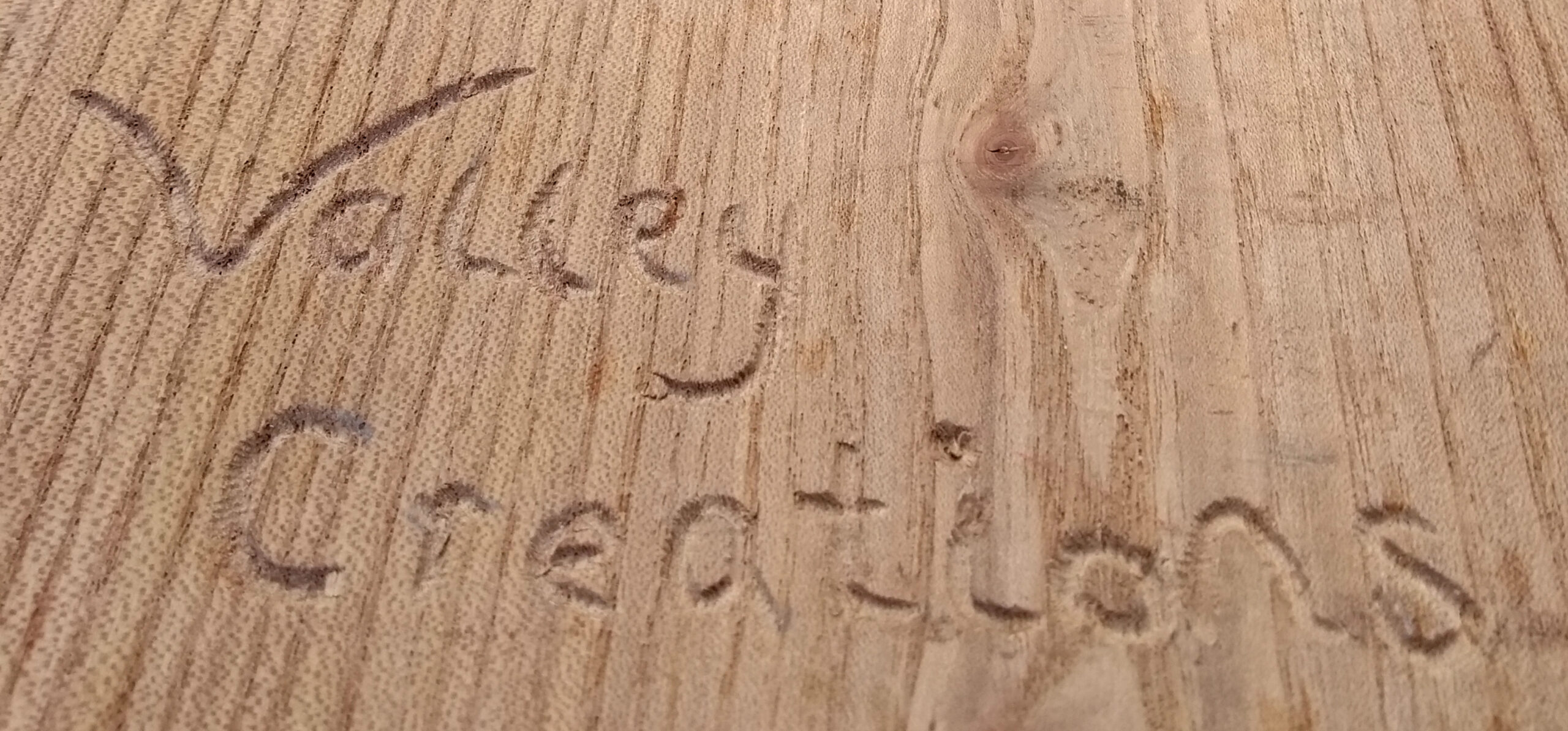I am just reading ‘Femina: A New History of the Middle Ages, Through the Women Written Out of It.’ by Janina Ramirez. Coincidently I am also watching ‘Art that Made Us’ and also ‘Nature and Us: a History Through Art’ on BBC iplayer. All these cover some similar ground, weaving their own story around similar times, people, place and objects.
It is important to remember that all history stories are selective, interpretive and sometimes even polemical. Also that the writers operate within the realm of their own knowledge, beliefs and the paradigms they have inherited from others. In addition they have to operate with the evidence available and this can vary considerably and sometimes speculation is the only real option. It is important that we recognise that speculation and also look for the questions that are not being asked.
In the above histories some time is spent looking at the different tribes and peoples moving through the landscape of the British Isles from the arrival of the Romans to the end of, say, Elizabeth 1’s reign. There are Picts, Celts, Anglo-Saxons, Vikings and more, all coming into and going out of different parts of the islands, fighting, raiding, settling, mating but also, very importantly, trading. Nobody knows exactly what happened or all the movements from one place to another.
As I was taking all this in, I started to think about language and went off on a trail looking at Welsh, Irish and Scottish Gaelic, Anglo Saxon English, Norse, Latin, French. All of these and more co-existing and influencing. When you listen to the history stories there is a tendency for them to assume that Latin and French, for instance are being used by the ‘educated’ few, or that the fact that Welsh now exists mainly in Wales means that all the Welsh speakers were driven out of England when other groups came in. While this drift is true, it hides a more complicated day-to-day situation. At any one time many people would just have stayed where they were and adapted to the changed circumstances.
One of the glues in this complicated situation is trade. Among the objects found in archaeological digs in these islands are elements that come from all over the then known world. Between their origin and their final resting place there is a continuous chain of more ordinary people exchanging goods, passing on manufacturing techniques, discussing and copying designs and haggling over prices.
These exchanges are not carried out exclusively in mime. Bits of all sorts of languages would be used, drawings might be scribbled on archaeologically useless scraps of whatever was to hand, and different coinages would be assessed and traded. This doesn’t just happen at trading centres, but between ordinary individuals across disputed territories, who are just getting on with their daily lives.
There is no one standard English language to day and there never has been, but we all manage to communicate more or less. When I was young there were no regional accents on radio or TV, so it was often harder for some to understand some others. The irony of the current fusion of accents is that local differences are rapidly disappearing. When I visited family in Cumbria, I would hear broad dialect/accent that I rarely hear today. At the same time, if I watch a Norwegian program with subtitles, I can still hear some of those dialect words used in Norway. Similarly, when I was young a lot of my friends were Jewish. At school they talked the same as me, but at home they would often be surrounded by Yiddish, Hebrew and quite likely at least one other European language. I still have random Yiddish words floating about in my brain. Similarly there were Muslim families who were regularly using at least three languages at home. All people and living languages have always been, and still are, complicated mixes.
I mentioned mating somewhere in there and this clearly has an effect on how people interacted in history, but I think we’ll leave that for another post.



















